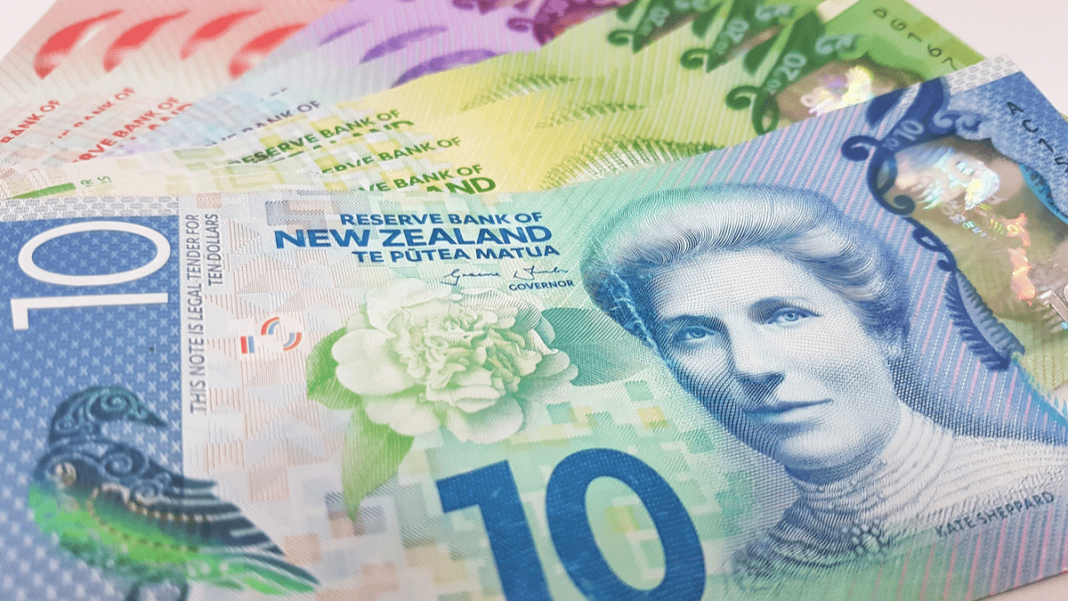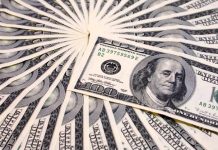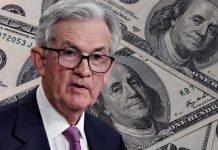After yesterday’s closing in the 0.6400 region, on Wednesday, the NZDUSD pair gained more than 50 pips and jumped to the 0.6470 area where it comfortably sits – the major rose by 1% on a daily basis.
Early in the morning, the RBNZ held its first monetary policy meeting of 2020 and as was widely expected left the key OCR unchanged at 1.0%. Also, the central bank upgraded its official cash rates forecasts for June 2020, March and June 2021 – 1.01% versus 0.9% prior, 1.03% versus 0.9% prior and 1.1% versus 0.94% prior, respectively. It its statement, the RBNZ stressed that the influence of the Chinese coronavirus on the NZ economy would be short-lived and hinted that the economic growth would accelerate over the H2 2020. In response to these rather hawkish comments, the kiwi first leapt to the 0.6460 mark but didn’t stop here and rose to four-day highs at 0.6478.
Another factor that helped the major to recover was the improved market mood. Today, China’s National Health Commission reported that the number of new coronavirus cases contracted from 2,097 to 1,638 and added that the recovery rate from the new disease increased from 1.3% marked on January 27 to 10.6% seen on Tuesday. Traders gave a warm welcome to this news that backed risk-on sentiment and fueled NZDUSD rally.
On Tuesday, in his address to the US Congress,the Fed Chairman J. Powell expressed his satisfaction with recent economic developments and said that the bank’s current policy was appropriate barring a material reassessment. And though he mentioned risks related to coronavirus, his overall tone was positive that also was a good sign for markets and helped the risk assets and equities to strengthen.
Form the technical point of view, the NZDUSD pair keeps on marching north on a sustainable manner. However, despite the breach of the $0.6450-65 region, it trades below its main SMAs. The next resistance arrives at $0.6500. The support awaits at $0.6400, $0.6360-80 and $0.6320. With further improvement in risk sentiment, the major may continue its rally, but if the strong US Dollar puts a lid on the rise, the kiwi may stall its recovery and fail.





























